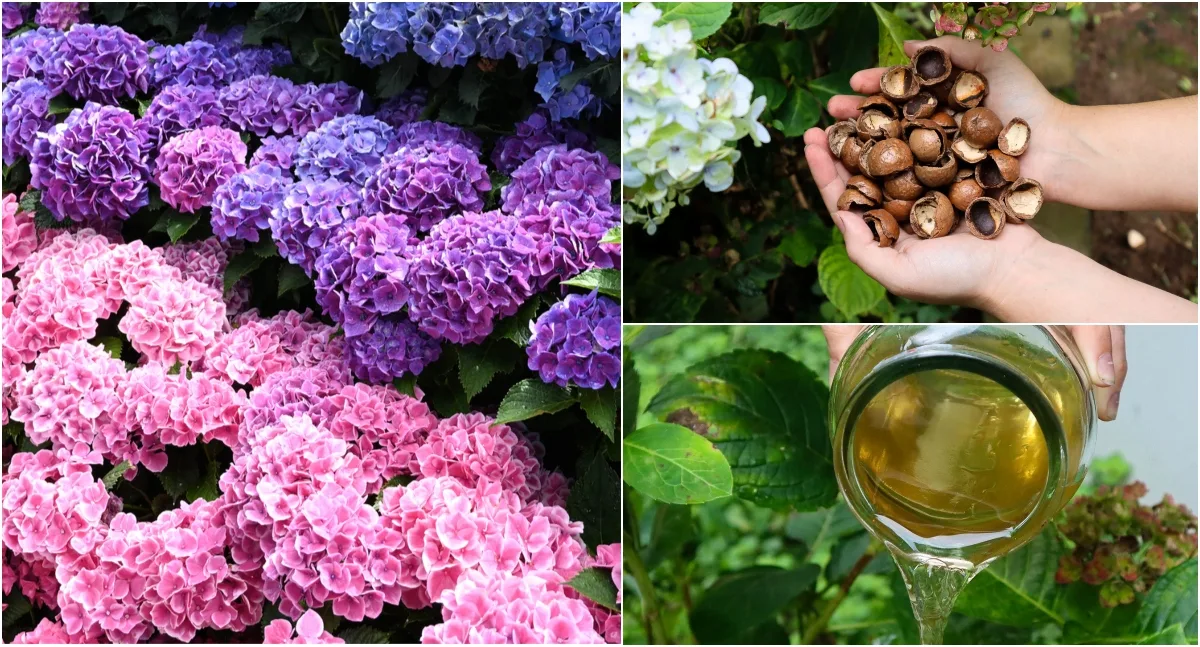
Pruning is one of those tasks that put fear into many gardeners. But with knowledge of how to do it (and more importantly, when), it doesn’t have to be difficult.
Unlike many shrubs that get pruned in winter or just before winter, Hydrangeas are pruned either in late summer, or in late winter / early spring, or not at all depending on what type they are.
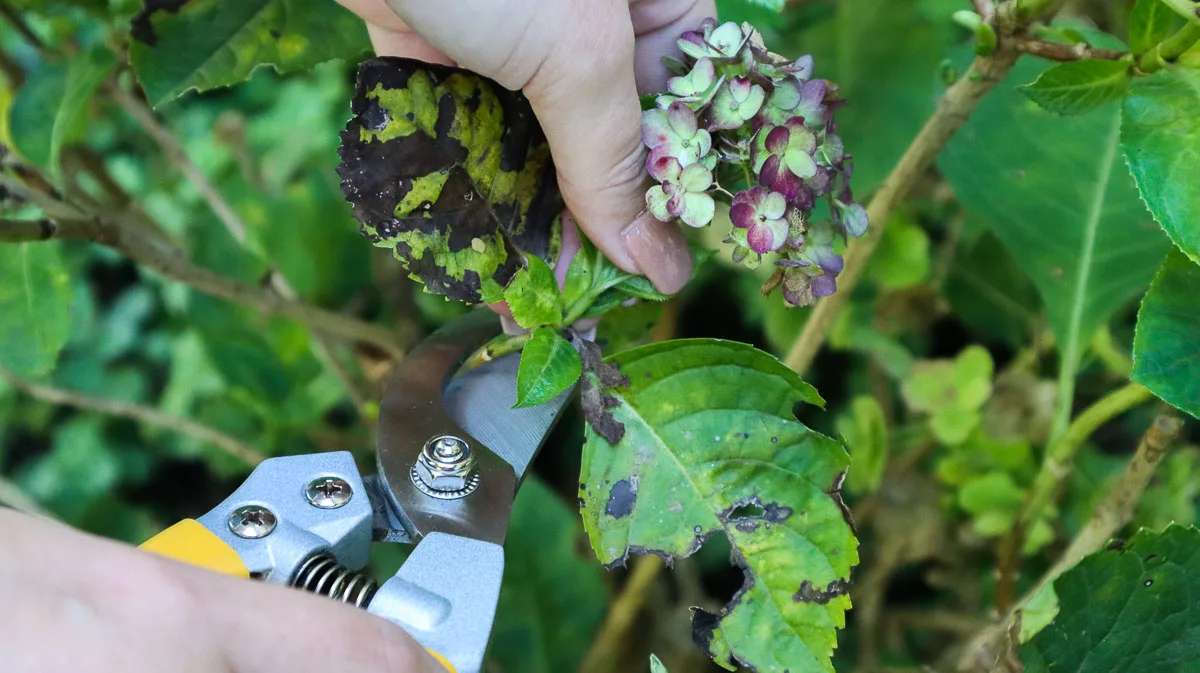
Old Wood Bloomers
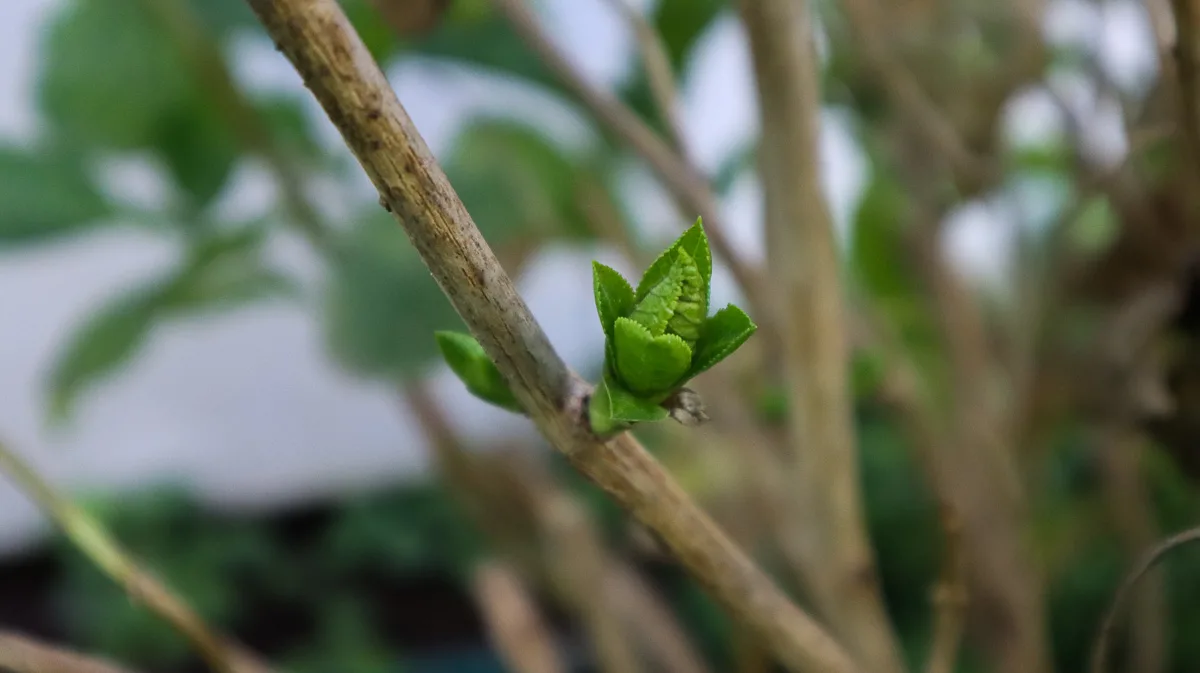
This set of Hydrangeas bloom on old wood (last year’s growth) and should be pruned as soon as flowering stops in summer. The Hydrangeas in this group include:
Bigleaf (Hydrangea macrophylla) – these Hydrangeas are the most popular of the varieties grown and have around 600 different named hybrids. They are known for their big green leaves and large mophead or lacecap flowers.
Oakleaf (Hydrangea quercifolia) – originating in the woodlands of southeastern America, these Hydrangeas are known for their leaves that are shaped like oak-tree leaves that turn from yellow to maroon in the fall. They have white or pink/purple flowers depending on the variety.
Climbing (Hydrangea anomala subsp. petiolaris) grows to around 30-40 feet tall and 5-6 feet wide when supported on a structure such as a wall or fence or can cover the same area grown as a groundcover. It is covered in pretty fragrant white lacecap flowers from late spring and into summer.
Mountain (Hydrangea serrata) is similar to the Bigleaf Hydrangeas but a bit neater and with smaller leaves and lacecap flowers. The flower colors vary over the season and can change with soil conditions in shades of blue, pink and white and combinations of these. They grow around 2-4 feet wide and long.
Related Reading: How To Fertilize Hydrangeas for Bigger & Better Blooms
Tips For Pruning Old Wood Bloomers
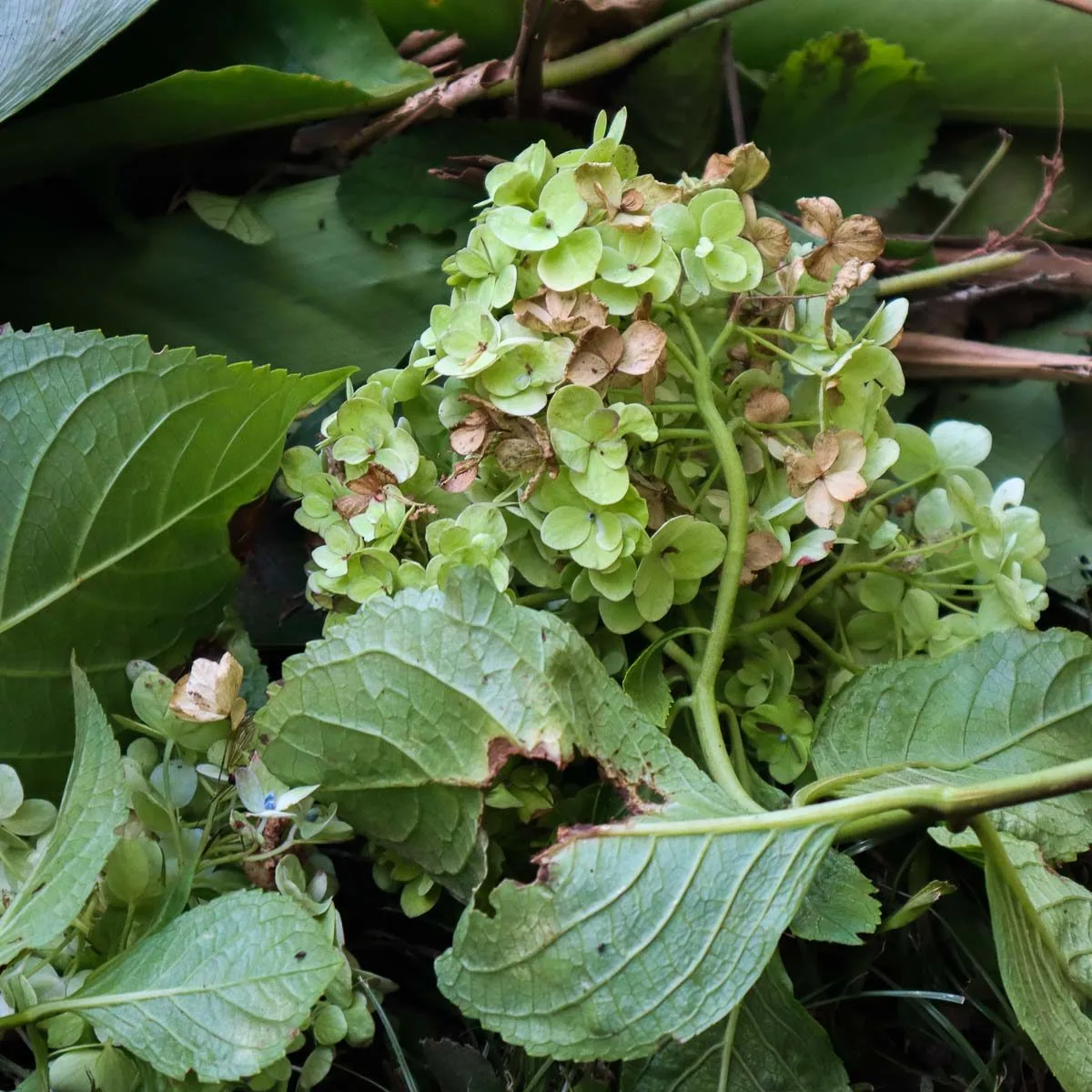
Prune directly after flowering in summer and not after August. Do not prune in the fall, winter or spring. If you miss the August deadline, it’s better not to prune at all that year.
The buds for flowers for the next season will form as the temperatures start dropping at the end of summer. Never cut into the woody stems as this will reduce your flowering for the next season. If the plant is untidy and needs a good pruning, you can cut back drastically and wait a season before blooming starts again.
Make sure there is enough leaf cover to keep the plants alive. If you prune down to sticks, the plant will more than likely perish. This drastic pruning should be avoided if possible. As a general rule, it’s best not to cut back more than a third of the growth.
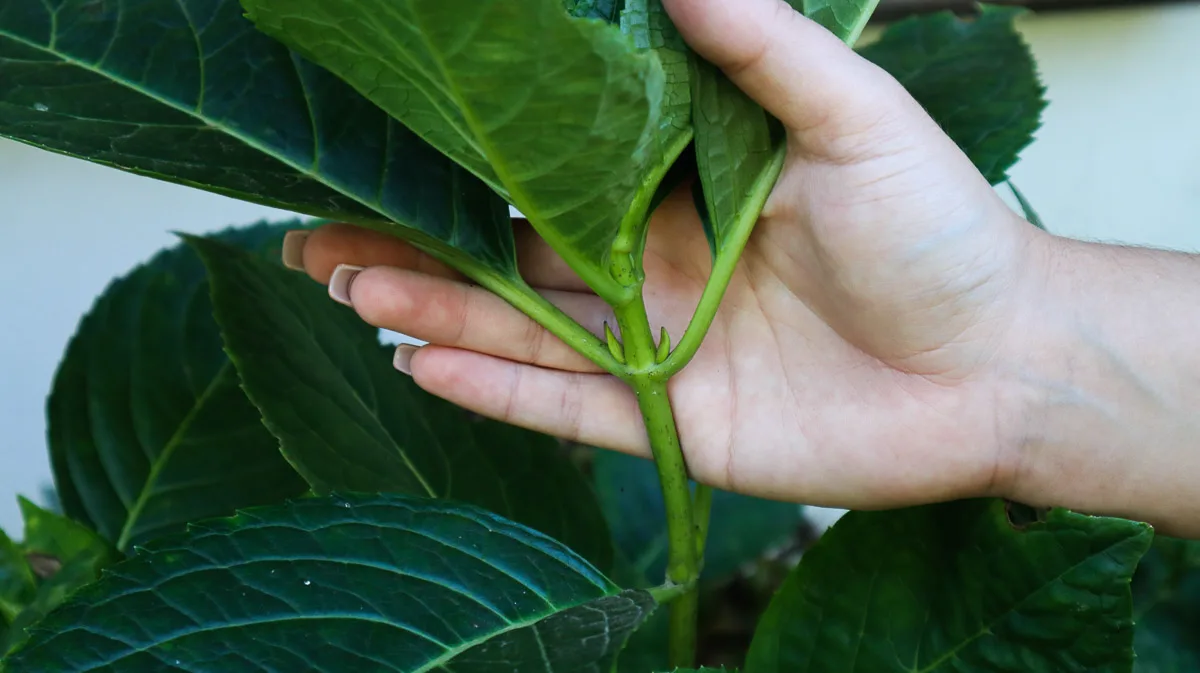
Always use a sharp pair of secateurs and sterilize the blade between cutting each plant so as not to move any potential pests and diseases from one plant to another.
Start by trimming the stems to maintain shape and size and to keep the plants healthy. Cut the flower heads off just to the first buds. Remove any damaged, diseased or crossing branches and remove any frost-damaged branches and buds.
In spring, you can tip-prune the branches as the leaves start to appear to encourage more flower shoots.
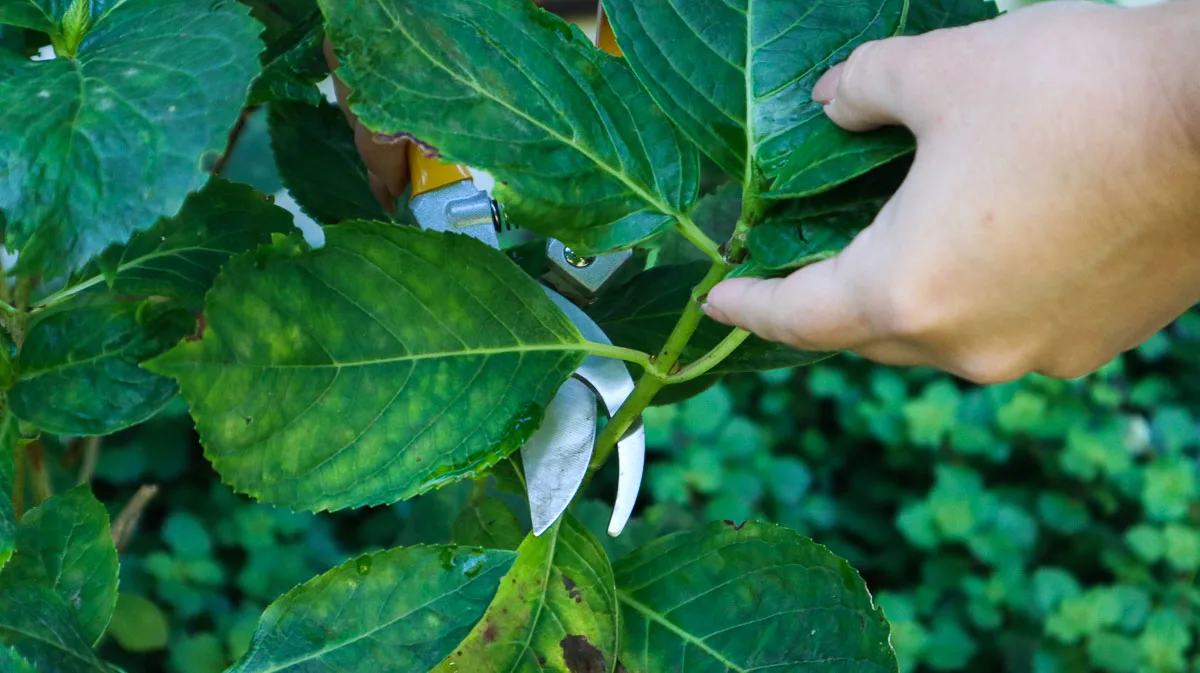
Bigleaf Hydrangeas and some of the other types can go without pruning. So, its not a problem if this task gets missed for a season or two. Just keep them neat and tidy and make sure not to cut off any viable buds and you should be fine.
Deadhead any spent flowers as the flowering season goes along so that the plant can focus on new growth.
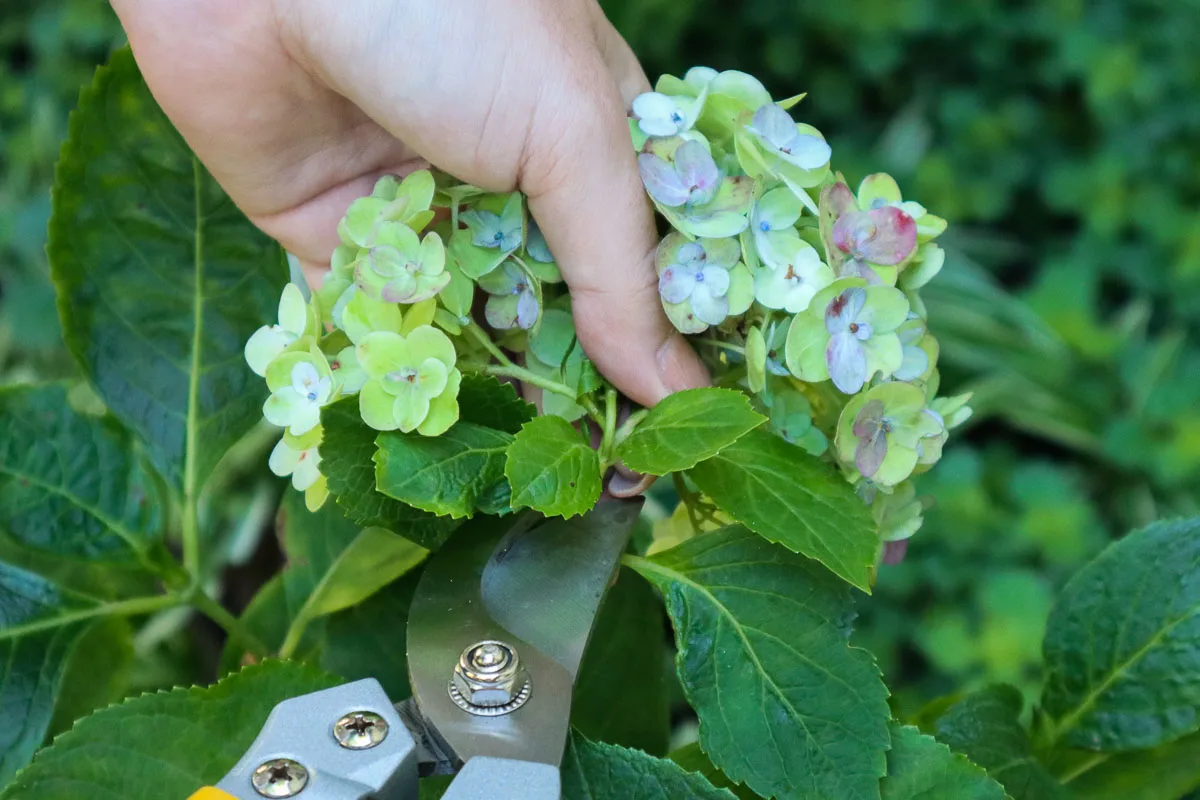
Read Next: How To Propagate Hydrangeas From Cuttings In 7 Easy Steps
New Wood Bloomers
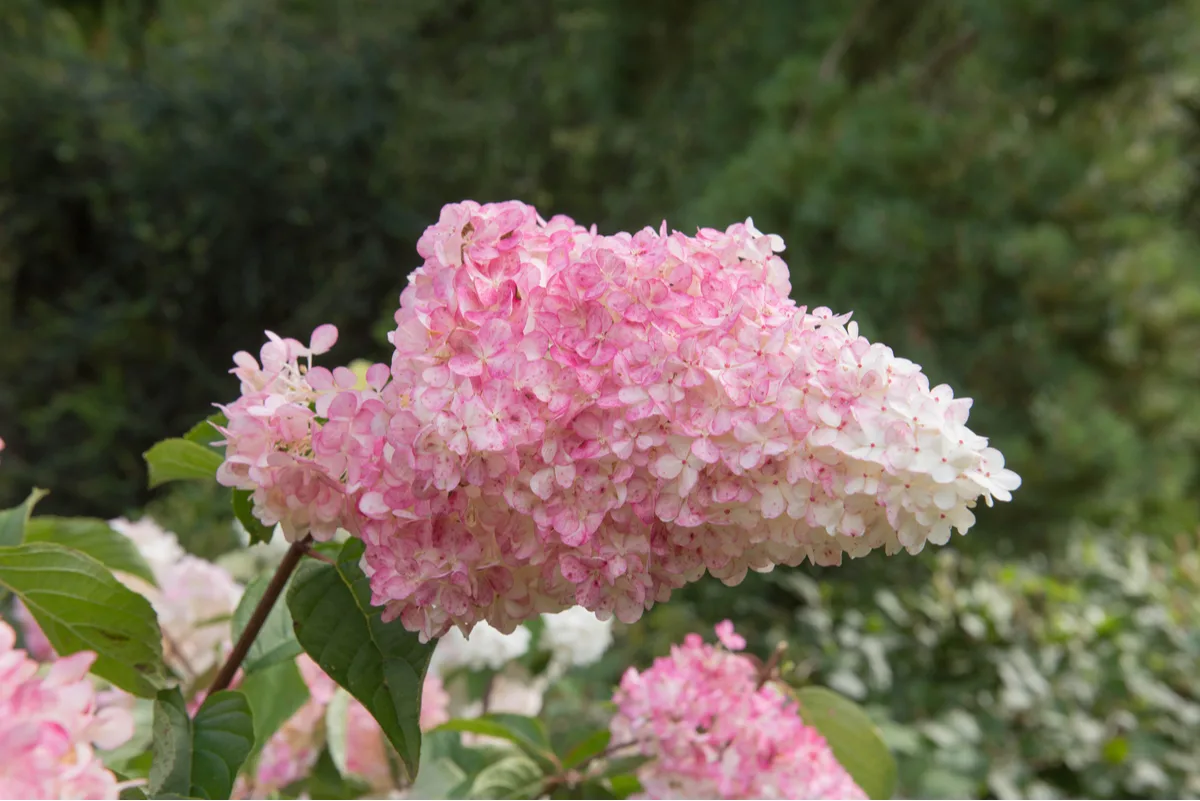
The second group of Hydrangeas are the ones that bloom on new wood. They can be pruned with other shrubs in late winter and sometimes into early spring.
The Hydrangeas in this group include:
Panicle (Hydrangea paniculata) are large shrubs (8-20 feet tall and 6-8 feet wide) with masses of conical-shaped flowers in white, pink, cream and red and some that are white with touches of cream. These tough, hardy shrubs do better than other Hydrangeas in the colder regions. The flowers fade to beautiful autumn colors and the leaves change color from green to red in the fall.
Smooth (Hydrangea arborescens) is grown for its masses of creamy white and sometimes pink blooms against dark green leaves. They are medium shrubs growing 3-6 feet tall in the shady parts of the garden. They also tend to be more cold-hardy than the Bigleaf varieties.
Read Next: 11 Hydrangea Companion Plants (& What Not To Plant With Them)
Tips For Pruning New Wood Bloomers
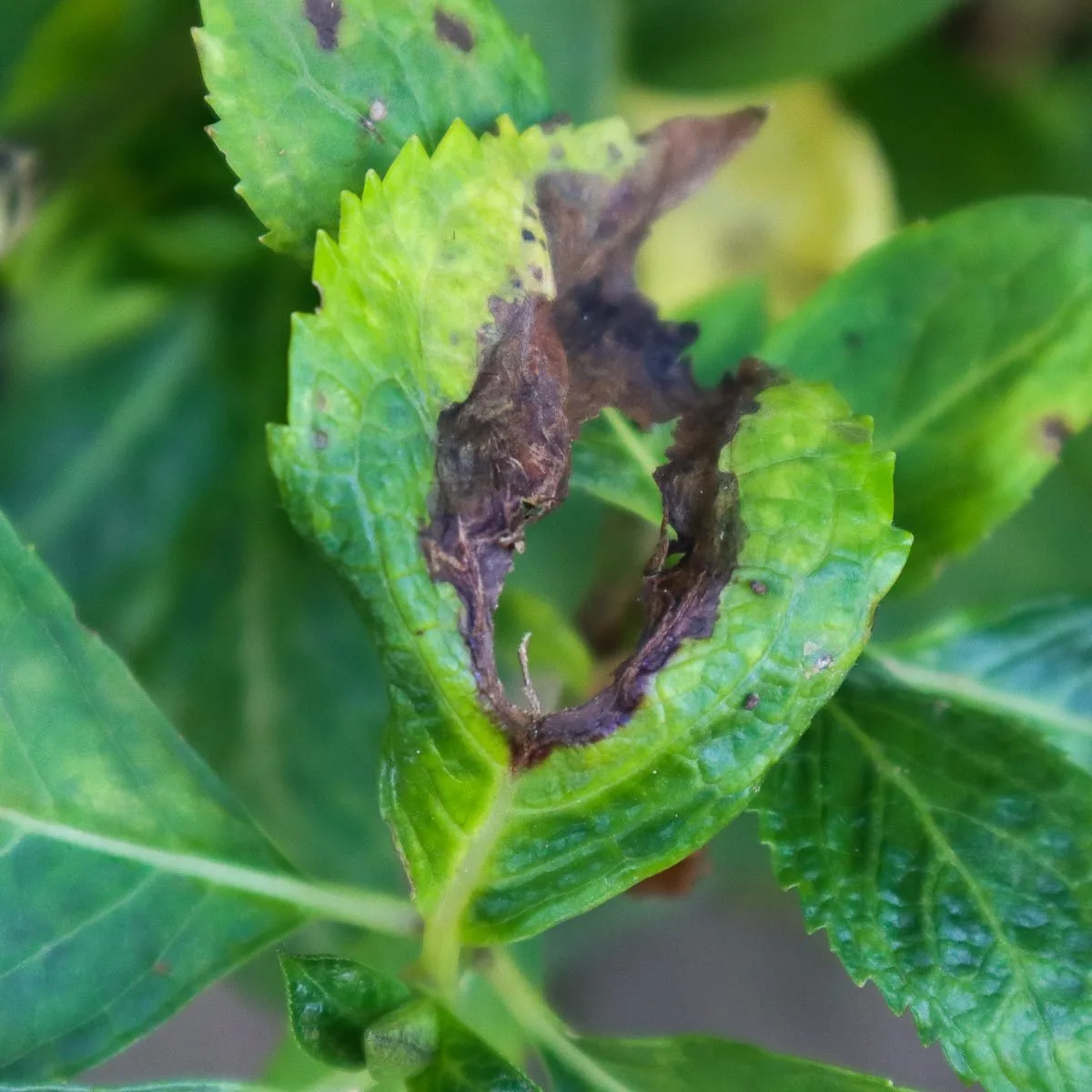
Prune in late winter or early spring just as the new growth start to appear. You can cut back the branches by up to a third or even half, depending on the variety.
For Panicle Hydrangeas, prune to create a strong framework. Prune away any side shoots that are a bit thin and weak and leave the strong ones in place.
For Smooth Hydrangeas, you want to be a bit more careful with pruning and rather cut back a little each year, which will promote more flowers.
When cutting, trim just above a node. Remove any broken, damaged or diseased branches or any that are a bit spindly and weak.
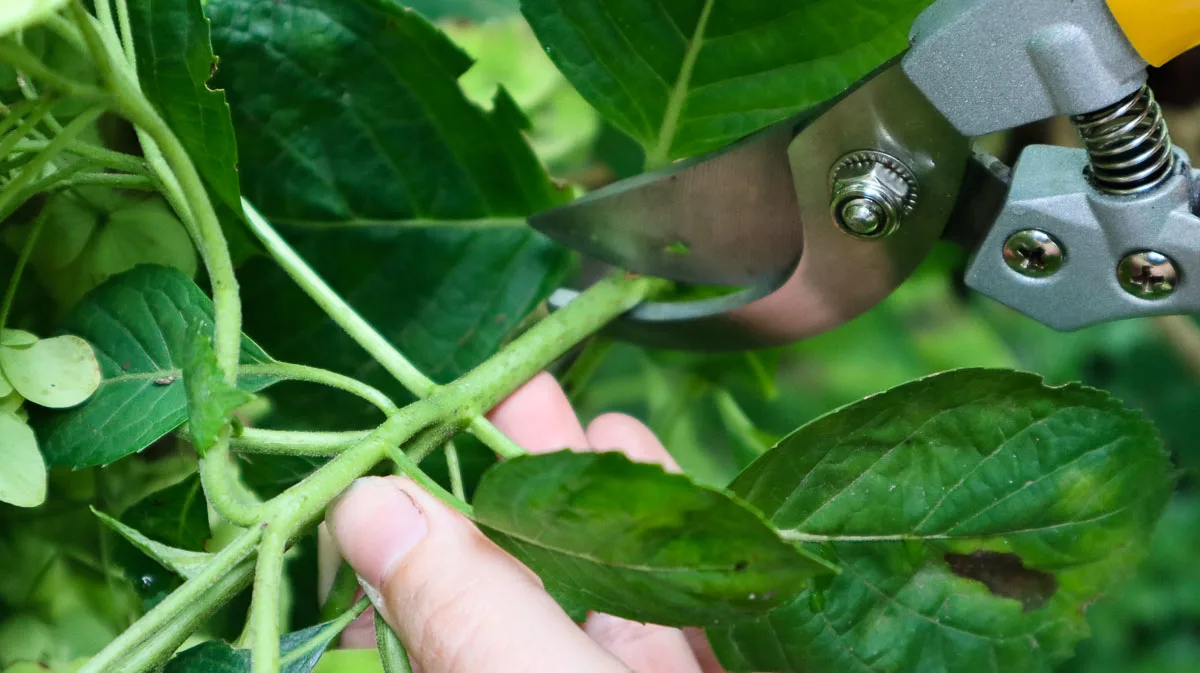
As a general rule, the more you prune back, the larger but fewer the flowers will be. Limited pruning will produce smaller but floriferous flowering.
If in doubt on if your Hydrangeas need pruning, rather don’t and just deadhead regularly, making sure not to cut off any buds. Use general maintenance pruning to keep the plants healthy like cutting off any dead, diseased or damaged branches.
Deadhead any spent flowers regularly throughout the flowering season. This helps the plants focus on new growth and producing new flowers.
New and Old Wood Bloomers
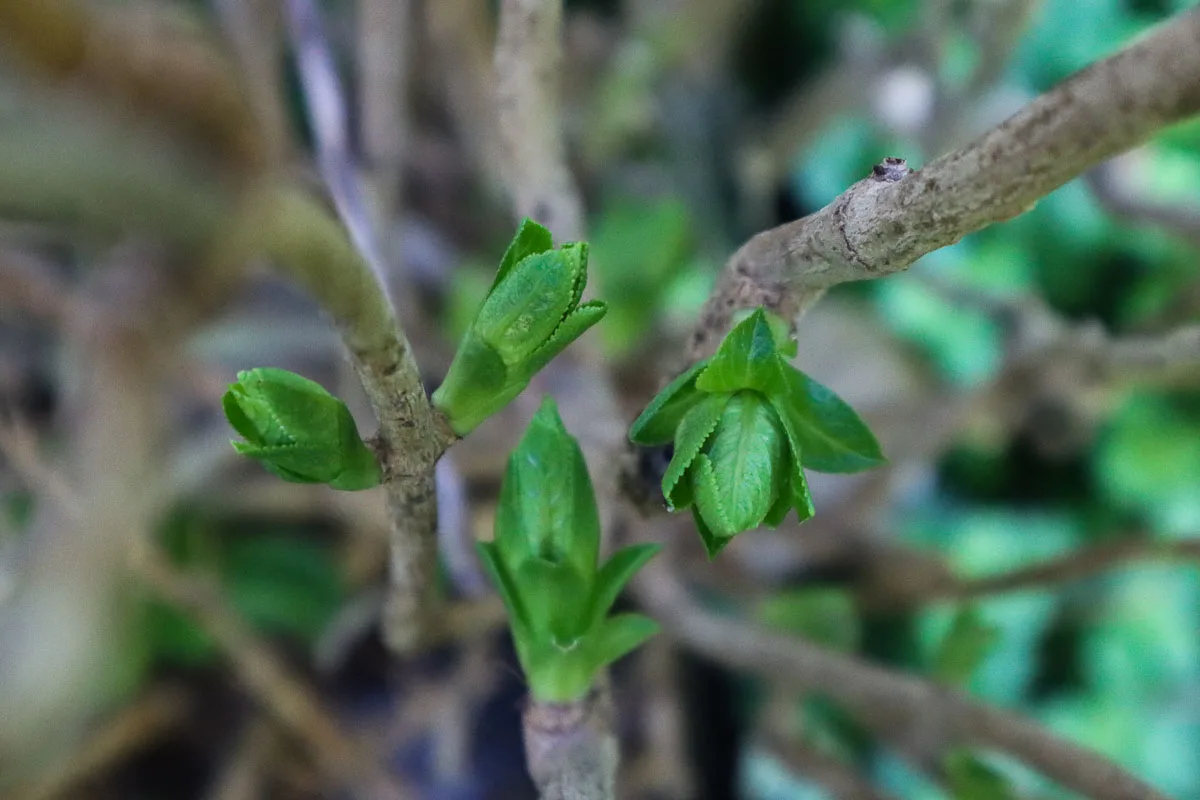
This group will bloom on new and old wood. Some of the new types of Hydrangeas are compact and neat and do not require pruning at all – just a tidy-up to maintain the health of the plant and keep its shape. Remove any diseases, dead or damaged branches and any that are crossing each other.
These types of Hydrangeas are called ‘Reblooming Hydrangeas’. The first of the Hydrangea macrophylla introduced that bloom on new and old wood are the ‘Endless Summer’ range.
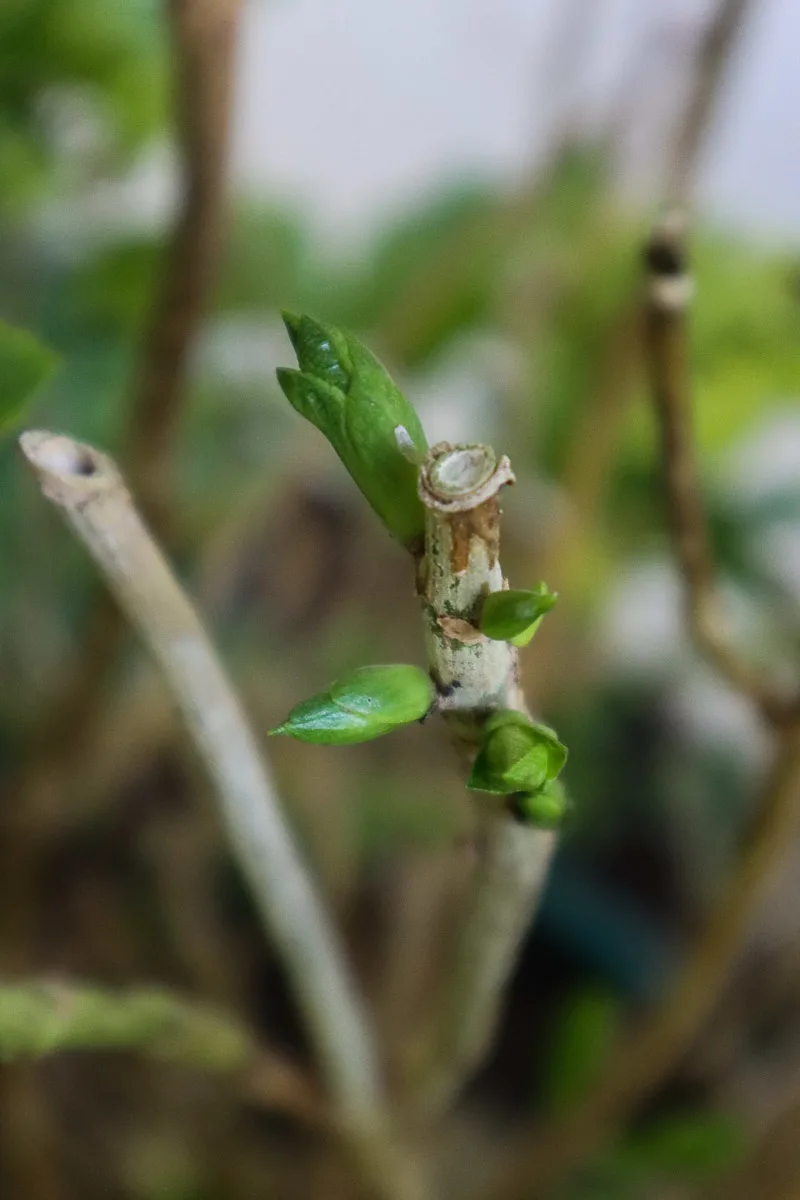
They will do better in warmer climates as the buds on old wood may become damaged by harsh cold winters, but in the right climate will produce flowers for an endless summer from early summer and sometimes right through fall. There are now a lot more varieties that have the same features.
All you need to do for these types is to cut off any spent blooms just to the first group of buds on the plant. Or, cut back more vigorously after flowering to change its shape.
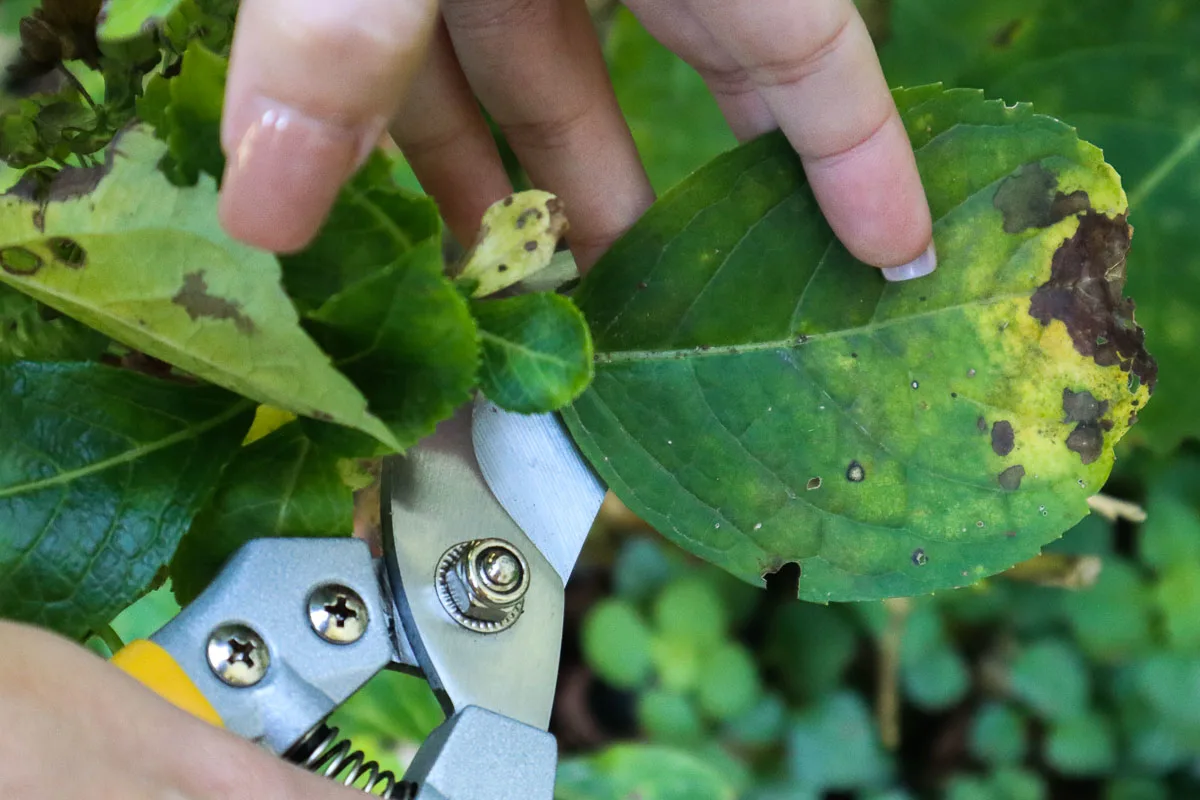
It really is that easy. Pruning doesn’t have to be this mysterious or scary yearly task. With the right knowledge and a light hand, it will only help your Hydrangeas perform at their best.

